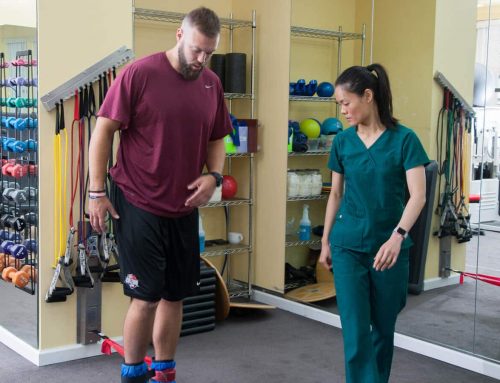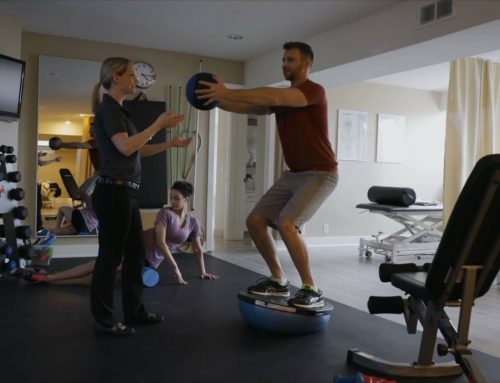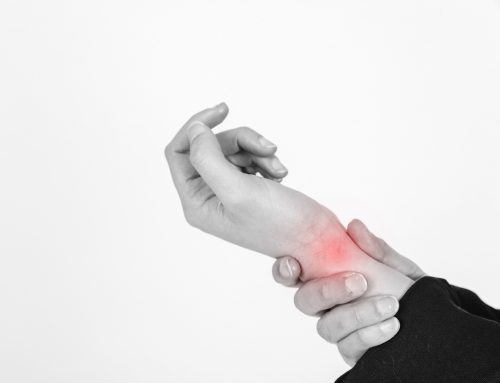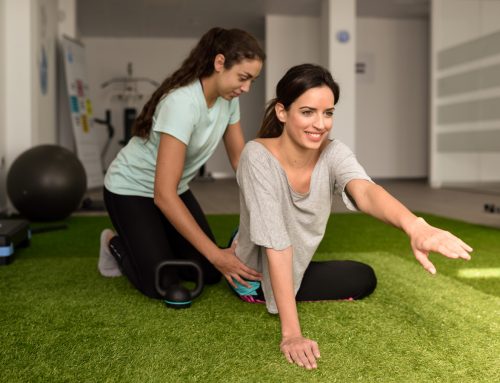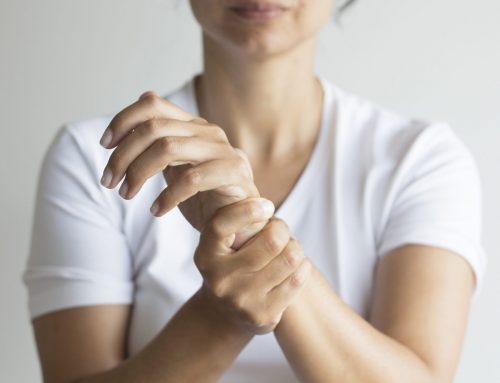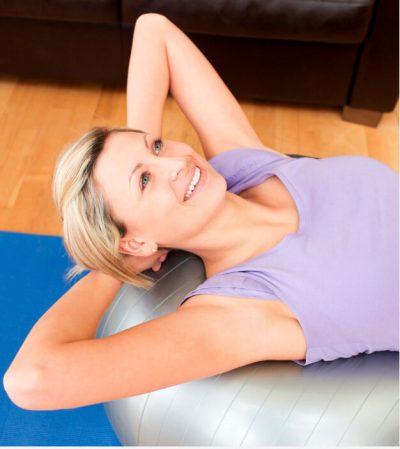
Patients can do them with a physical therapist or at home
One thing that physical therapists are skilled at doing is helping patients get their range of motion back. Life can become exponentially more difficult when movements that people used to take for granted, like hanging up a coat or reaching for something in front of them become something that is next-to-impossible even when using every bit of their concentration.
When it comes to doing these range of motion exercises, if they are targeting a certain number of parts of the body, it’s important to do them in the same order each time. This is more for the people at home or their regular gym since they will be under the watchful eye of the physical therapist when they are at the office. Not following a set pattern each time leaves the door open to missing something and possibly weakening the overall structure of one’s body. That would be like a construction worker missing an important part of a building. It might stand for a while but it would eventually crumble.
If a patient is doing these exercises on their own, the important thing to remember, aside from the order, is to make sure to do them slowly and make sure to maintain the proper form throughout. Otherwise there is a very real risk of injury. Adhering to good form minimizes the chances of getting hurt. Also, if there is pain, they should stop. There may be initial discomfort but pain is a sign something is going wrong.
This is a basic list, a physical therapist can teach more complex ones.
- Neck: Do head tilts forward and back and side-to-side. Head turns, where the patient tries to touch each shoulder with their chin, are good, too.
- Shoulder: Individual arm raises both up and down and side-to-side. Shoulder rolls and elbow bends – where the patient tries to touch their shoulder in a motion almost like a bicep curl – can help.
- Arm and wrist: Wrist bends, wrist rolls, and palm up, palm down – the patient sits with elbows by their side and arms bent and turn the palm up and down – can improve this area.
- Hand and fingers: Finger bends, finger spreads and finger-to-thumb touches – the patient touches the pad of the thumb with each finger on the same hand.
- Hip and knees: Hip-and-knee bends, individual leg lifts, leg movement side-to-side, and leg and knee rotations. All of these are done while lying on one’s back.
- Ankle and foot: Ankle bends, ankle rotations, toe bends and toe spreads.
Physical therapy can aid in recovering from a lot of other conditions. These include pain in the foot and ankle, back, elbow, hip, knee, neck, shoulder, and wrist. Range-of-motion exercises can play a big part in helping with the recovery, along with exercise equipment like weight machines or cardio equipment. Spinal decompression could also be an option.
These conditions are very varied – the list will start from the top of the body and work down.
- Neck: People can have things like cervical stenosis, bulging or herniated discs, arthritis to neck bone spurs from torn tendons.
- Shoulder: The shoulder has a crucial part called the rotator cuff and it is susceptible to both tendinitis and tears. Oftentimes one hears about this injury when a baseball pitcher is out for the season.
- Back: The back is another place where if something is amiss, it can make life very miserable. Conditions include herniated and degenerative discs, sciatica, and spinal stenosis, which made Mets superstar David Wright have to retire prematurely.
- Elbow: Two sports are mentioned here – Golf Elbow and Tennis Elbow.Tennis is on the outside part of the forearm where golf is on the inner part. Bursitis is another issue.
- Wrist: This is becoming more of a problem area with the everyday use of computers. Carpal tunnel and wrist sprains are being diagnosed a lot and arthritis is always a possibility no matter what one’s age.
- Hip: Snapping Hip Syndrome is prevalent in dancers and athletes. Arthritis is a problem as is Trochanteric Bursitis.
- Knee: Sports like football and basketball have made the Anterior Cruciate Ligament (ACL) a household name, since when it tears, it requires a lot of rehabilitation. There is also runner’s knee and Iliotibial Band Syndrome.
- Ankle and feet: These can vary from the usually painless ones like flat feet to very painful like plantar fasciitis and ankle sprains.
Dr. Steven Moalemi has helped many patients with these conditions over the years of his experience. His expertise has made him sought after by both those in his field for advice and from patients who know that he will aid them as they manage their pain or come back from an injury.
What happens is that Dr. Moalemi will diagnose whatever problem the patient has and then he will have a Board-Certified physical trainer work with him or her for as long as prescribed. The ultimate goal is to get the patient able to keep working out on their own to maintain the gains they made during the physical therapy.
Many people from all different walks of life have benefited from their time with Dr. Moalemi and his staff. Everyone from professional athletes to senior citizens have made their way into his office and found a way to regain their old form or manage their pain. He looks forward to helping many more overcome these conditions during the course of his career.
Published By:
Empire Physical Medicine & Pain Management
7 W 45th St floor 9,
New York, NY 10036
Phone: (646) 665-7109
Website: https://manhattanpainrelief.com

